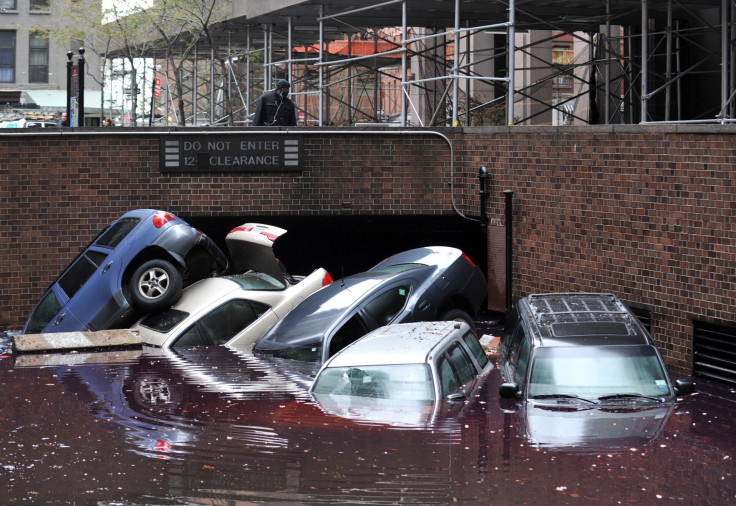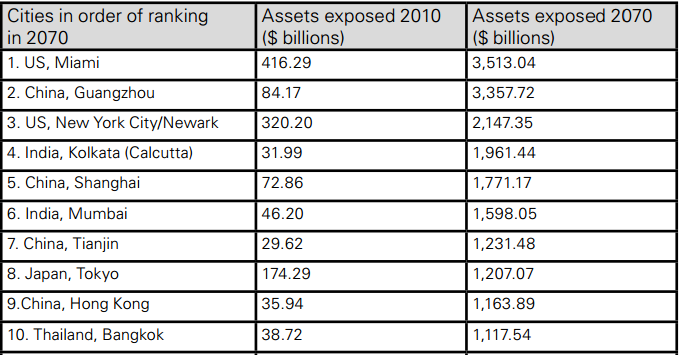Climate Change-Induced Floods Would Affect Over A Billion People By 2060, Report Warns

More than a billion people living in low-lying coastal areas around the world could be at risk of climate change-induced rise in sea levels by 2060, British charity group Christian Aid warned in a new report. Most of the cities at risk of coastal flooding are located in three countries — India, China and the United States.
Of the 10 most vulnerable cities, nine are in Asia, with the Indian cities of Kolkata and Mumbai, and Bangladesh’s capital Dhaka topping the list.

“All these cities are also characterised by rising inequalities, with large numbers of very poor inhabitants who are generally the most exposed to impacts. Although huge financial assets are at risk, running into trillions of dollars, and many large and famous cities, it is the poorest people with the fewest assets who have the most to lose," according to the report.
By 2060, China's coastal population is expected to top roughly 244 million and cross 216 million and 109 million in India and Bangladesh respectively.
In terms of assets exposed to rising seas, Miami — which the 2014 National Climate Assessment report labeled as “highly vulnerable” to the effects of climate change — ranks number one.

“Financially the U.S. is in line to be paying a hefty bill for its world-leading per capita carbon emissions. Miami tops the list of exposed assets in 2070 (including property and businesses) with an eye-watering $3.5 trillion, followed in third place by New York with $2.1 trillion,” the report said. “Splitting the two is China’s Guangzhou with $3.4 trillion. In total, of the top 20 most financially vulnerable cities half are from either of these two countries: four from the US, six from China.”
Over the past 100 years, the average sea level has risen nearly 7 inches globally, at a rate of about 3.4 millimeters per year. The impact of this inexorable rise is already being felt by residents of low-lying island nations such as Maldives, Nauru and the Solomon Islands, where coastal erosion has already claimed five reef islands.
Earlier this year, the crisis also created the first American “climate refugees” when 98 percent of Isle de Jean Charles in Louisiana was claimed by rising seas. In January, the U.S. Department of Housing and Urban Development said it would give Louisiana $48 million to resettle the island's residents.
According to the Christian Aid report, similar irreversible damage caused by adverse climate events is only going to become more severe, even if countries stick to their nationally determined pledges ratified under the Paris climate pact.
“Even with meaningful action to reduce emissions now, a significant amount of sea-level rise this century is irreversible and unavoidable. We still need to protect people in coastal areas – the question is whether we’ll act before disaster strikes or delay until after,” the report said. “As climate risk grows, there is an urgent need to increase international climate finance to adapt and protect vulnerable people. However, the amount of climate finance falls far short of what is needed.”
© Copyright IBTimes 2024. All rights reserved.






















